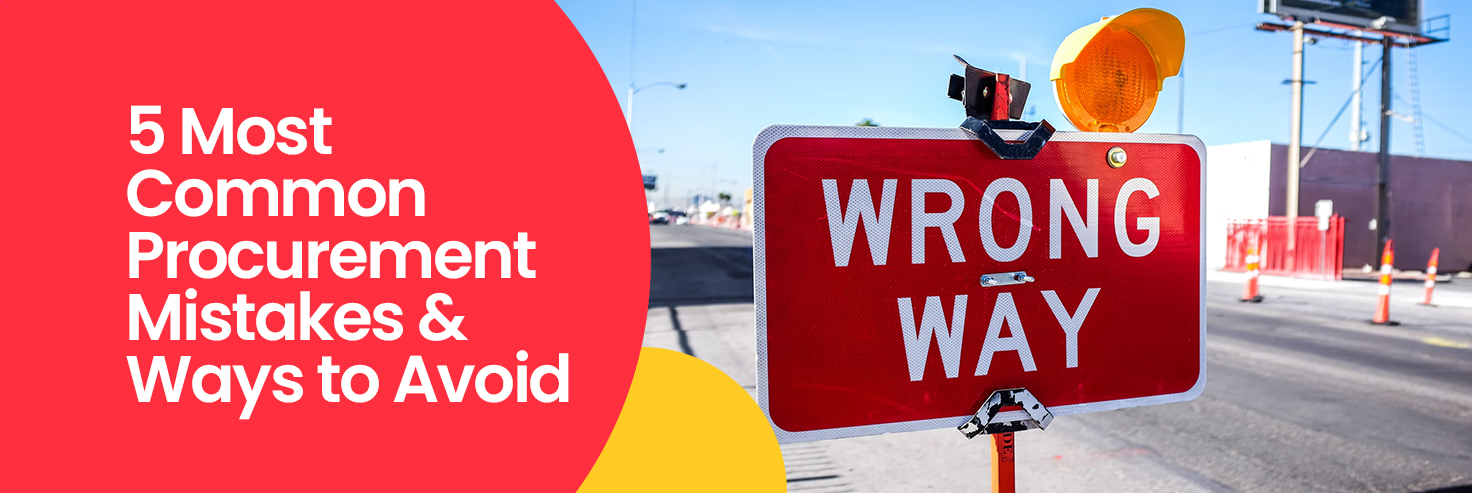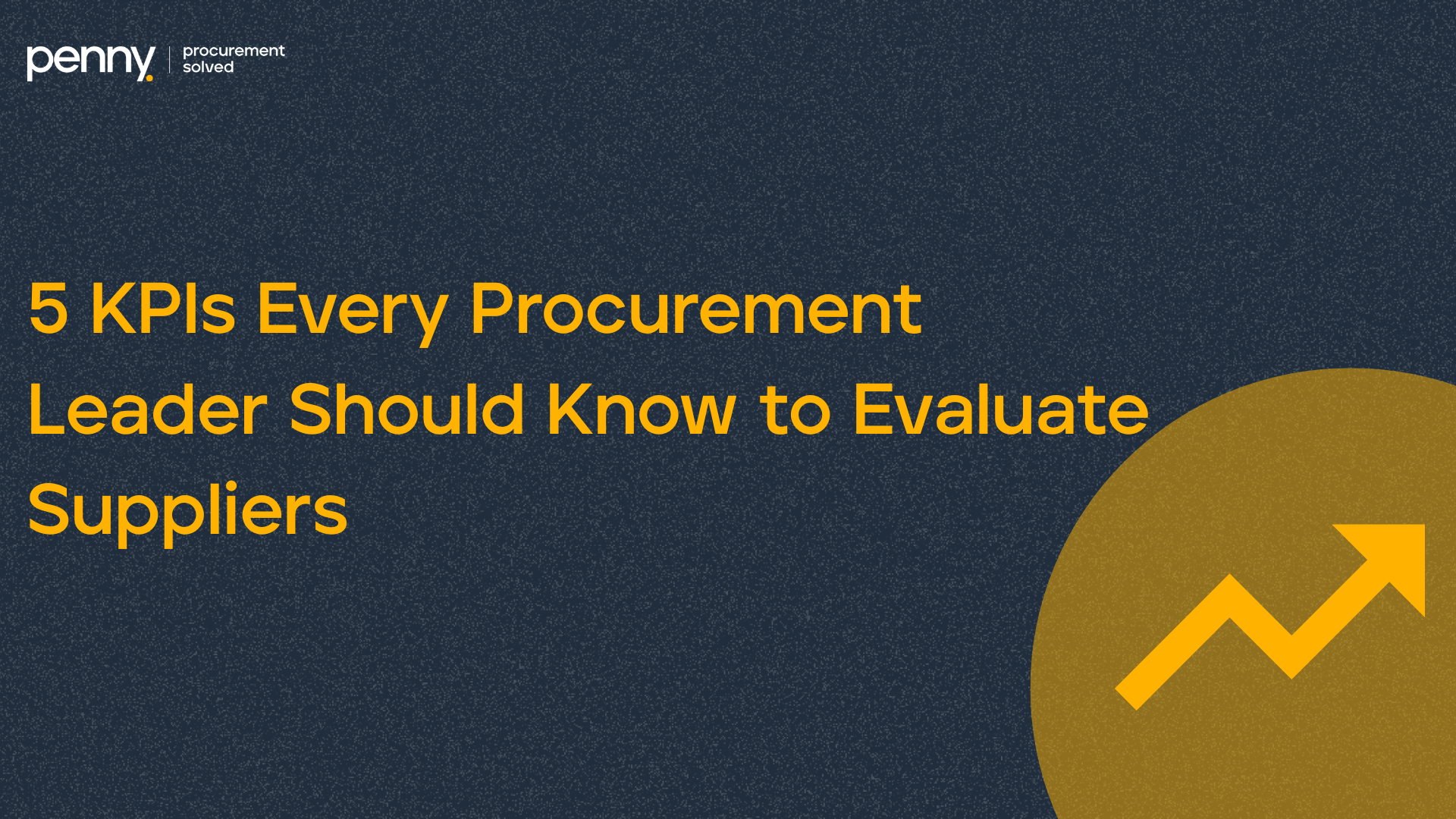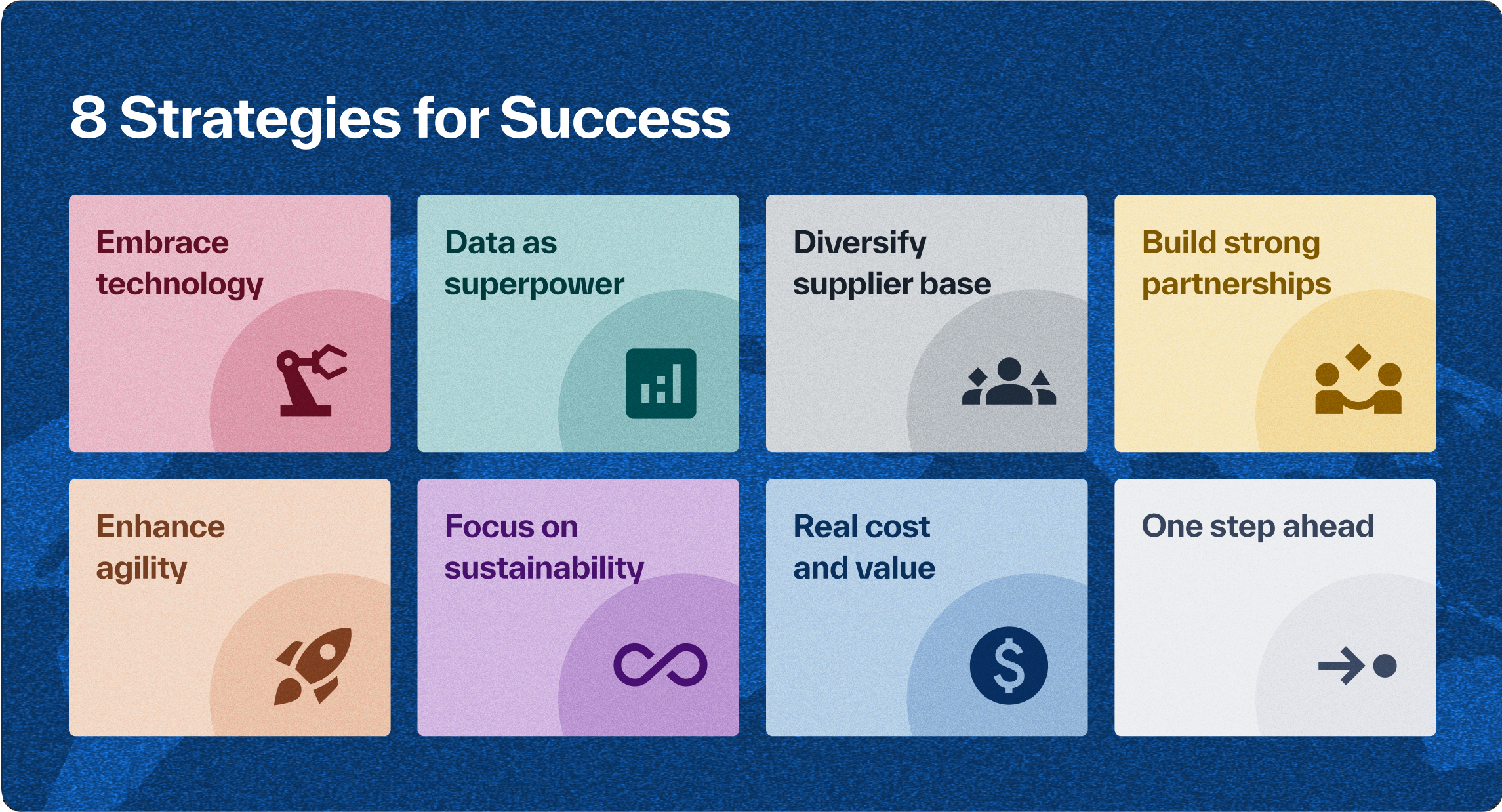Common procurement mistakes can quickly escalate into procurement nightmares. Operating with an ineffective system will result in too many joint procurement and purchase issues. Fortunately, the most typical procurement mistakes have clear and simple fixes. We’ve listed five of those procurement mistakes in this article and shown you how to avoid them.
Photo by Kenny Eliason on Unsplash
1. Lack of Negotiation
The majority of the time, you think the price you see is fixed. And you’re usually correct. However, if you expect to keep a long-term connection with a supplier, it may be worthwhile to inquire about repeat order discounts.
It is evident that your proposal should be presented professionally. Remember that pressuring your providers will annoy them. It’s one thing to work out a deal that works for both sides, but it’s quite another to try to haggle the price down every time you place orders.
2. Lack of Interaction with Suppliers
Suppliers are usually a fantastic source of information on available products and the greatest deals. Maintain a positive partnership with suppliers and stay on top of their current interactions so you don’t miss out on anything that could help your business. You might be able to get a nice discount or be one of the first to try out their new items.
Automation may help you here by allowing you to build up a supplier self-service platform. This will enable suppliers to update their data, provide missing documents, and obtain solutions to customer service concerns by logging into your system. These tools let you and your vendors communicate more effectively.
3. Overspending
Overspending is usually a problem associated with a lack of communication and organization, assuming that you and your team are not prone to excessive spending. Regardless of the underlying issue, this is not something that you can overlook.
Regular financial updates might help alleviate this typical procurement issue. Make sure you’re speaking with all of the supply chain’s members and that everyone is on the same page when it comes to spending limitations. You can also use procurement solutions to enhance your purchasing controls.
4. Impulsive Decisions
Buying on the spur of the moment might lead to unwise decisions. While timing is vital, it’s also a good idea to look for the best value and double-check with experts in your business (particularly for large orders) to make sure you need to have the items and find out how much you should order.
Purchase order systems can help resolve this issue by storing past orders in a searchable database. This makes calculating the quantity of each product used before and needed for the future much easier. The software also monitors to ensure that no duplicate orders are placed too close together.
5. Lack of Flexibility
In today’s fast-paced corporate environment, inflexibility can be detrimental to your procurement. You can’t respond fast if one of the suppliers runs out of a product you want or if another supplier gives you a better price if the procurement system is too tight and heavy.
Bottom Line
While you should carefully consider all of the above items, you should also remember not to go overboard. You’ll need to find a balance between all of these five areas to streamline the procurement process and be ahead of the curve.
One of the simplest methods to improve procurement and correct typical purchasing errors is to use a cloud-based procurement like Penny’s. All you need to do is contact us and let us provide a solution tailored to your needs.


